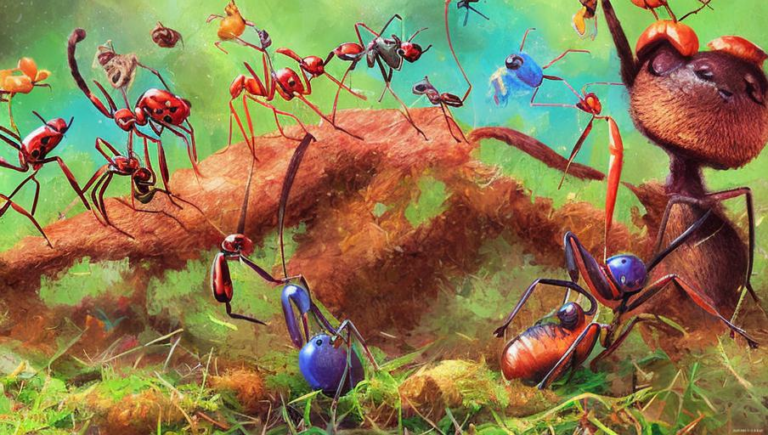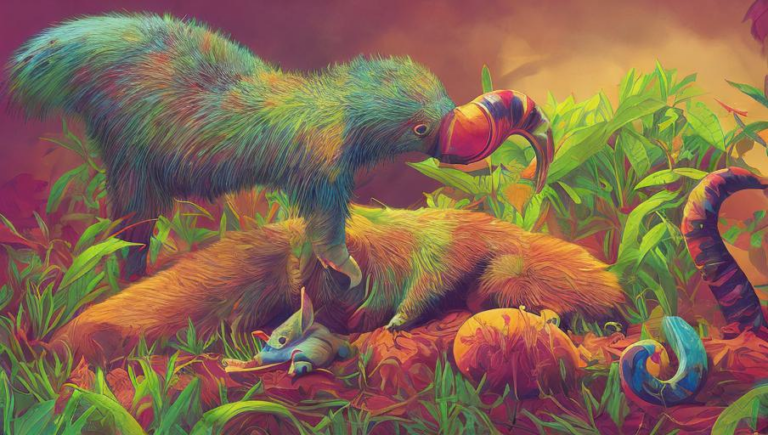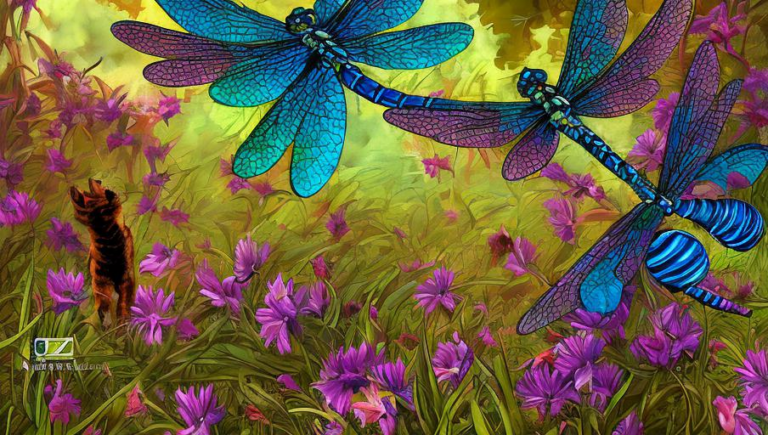Relics of the Past: Albatross History

Relics of the Past: Albatross History
Albatrosses are some of the most iconic birds in the world. These majestic creatures are known for their immense wingspans, which can reach over eleven feet long, and they have been an integral component of many seafaring cultures. In fact, albatrosses have been documented in literature and art for centuries, with some of the earliest accounts dating back to 16th century Europe.
Albatrosses have a rich and diverse history, with many species having evolved to become specialized for a certain type of habitat or food source. One of the most well-known species of albatross is the northern royal albatross, which is the largest species of albatross and has the longest wingspan of any bird in the world. This species is found in the Southern Ocean near New Zealand and Australia, and is highly prized among birdwatchers and photographers.
Albatrosses are also known for their long-distance migrations, which can often span thousands of miles. They travel in groups and will often take advantage of prevailing winds and ocean currents to travel further and faster. Some species of albatross have been recorded migrating for over 10,000 miles in a single journey.
Albatrosses are also known for their strong bond with their mates. They will often mate for life and form strong family bonds, with some species even returning to the same nesting grounds year after year. This strong bond between mates is thought to have developed as a way to help the birds survive the long and arduous journeys they take each year.
Unfortunately, albatrosses have become increasingly threatened in recent years. Many of their populations have become depleted due to overfishing, plastic pollution, and other human activities. This has had a devastating impact on their populations, and efforts are now being made to protect them.
Albatrosses are beautiful creatures with a fascinating history. They have been a source of inspiration for many artists, writers, and sailors, and their presence in the wild is a reminder of the importance of conservation and environmental protection.





